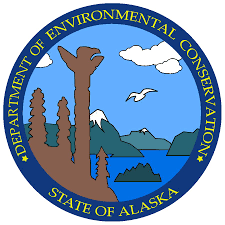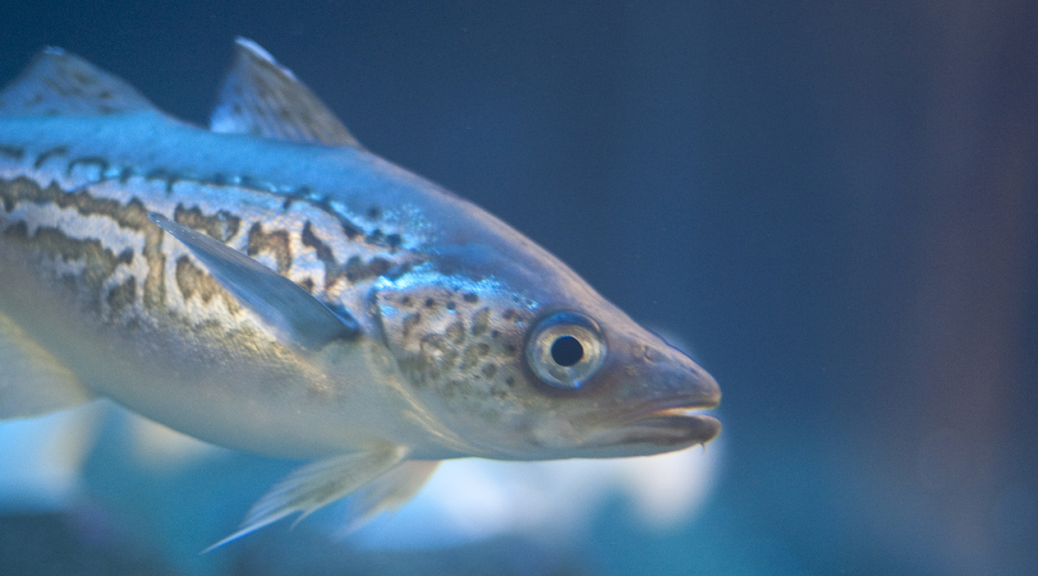 No Fukushima contamination was found in any of the 14 fish Alaskan fish samples that were collected between February and September 2016, according to the Alaska Department of Environmental Conservation. The results, released on the Alaksa DEC website, show that the sampled herring, cod, and pollock, halibut, and salmon did not have any detectable levels of 131I, 134Cs (the Fukushima fingerprint radionuclide with a half-life of ~2 years) or 137Cs in the tissues. These samples were from across Alaskan waters from Southeast to Bristol Bay and the Aleutian archipelago and the Bering Sea. Results from 2016 are similar to their results from 2015 and are part of the network of institutions monitoring for Fukushima radiation in marine waters and seafoods.
No Fukushima contamination was found in any of the 14 fish Alaskan fish samples that were collected between February and September 2016, according to the Alaska Department of Environmental Conservation. The results, released on the Alaksa DEC website, show that the sampled herring, cod, and pollock, halibut, and salmon did not have any detectable levels of 131I, 134Cs (the Fukushima fingerprint radionuclide with a half-life of ~2 years) or 137Cs in the tissues. These samples were from across Alaskan waters from Southeast to Bristol Bay and the Aleutian archipelago and the Bering Sea. Results from 2016 are similar to their results from 2015 and are part of the network of institutions monitoring for Fukushima radiation in marine waters and seafoods.
The average minimum detectable concentrations for these Alaskan samples on this gamma spectrometer were 63.7 Bq kg-1, 2.1 Bq kg-1, and 1.9 Bq kg-1 respectively for 131I 137Cs, and 134Cs. While InFORM does not analyze for 131I, those detection thresholds for cesium are 2-3 times higher than are typical for our biotic monitoring program. This may be due to either a smaller sample size or a shorter time in the gamma spectrometer for the Alaskan samples, but the result remains that levels are well below those where intervention is needed (intervention levels for 131I = 170 Bq kg-1 and 134Cs + 137Cs = 1200 Bq kg-1 according to the US Food and Drug Administration). InFORM monitoring in 2016 found 9 salmon (out of 123) from BC and Yukon rivers with detectable levels (where the minimum detectable concentrations were less than 1 Bq kg-1) of 137Cs after a six hour detector run. These nine samples are currently being freeze-dried for an extended, 2 week long, detection run. Results from this additional analysis are expected probably mid-late spring 2017.
An interesting aspect of these 2016 Alaskan samples is that this was the first time a field-deployable gamma spectrometer has been sent by the US Food and Drug Administration to a site for local analyses of samples. Data from the spectrometer were then electronically sent to FDA scientists for analysis. The thought is that this model could be used in the event of nuclear emergency to allow for more rapid analyses of environmental samples.
Alaska DEC will continue monitoring fish samples for Fukushima radiation for at least 2017 and possibly beyond.




 No Fukushima contamination was found in any of the 14 fish Alaskan fish samples that were collected between February and September 2016, according to the Alaska Department of Environmental Conservation. The results, released on the Alaksa DEC
No Fukushima contamination was found in any of the 14 fish Alaskan fish samples that were collected between February and September 2016, according to the Alaska Department of Environmental Conservation. The results, released on the Alaksa DEC 